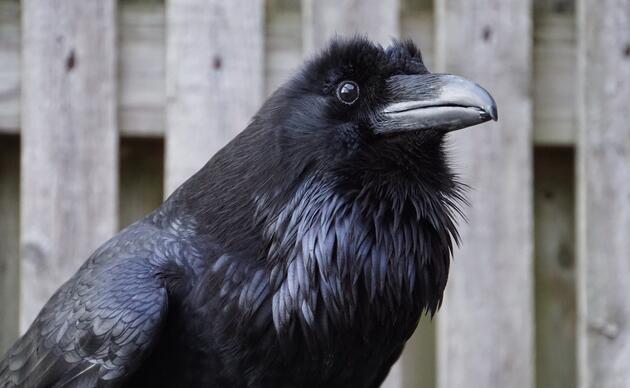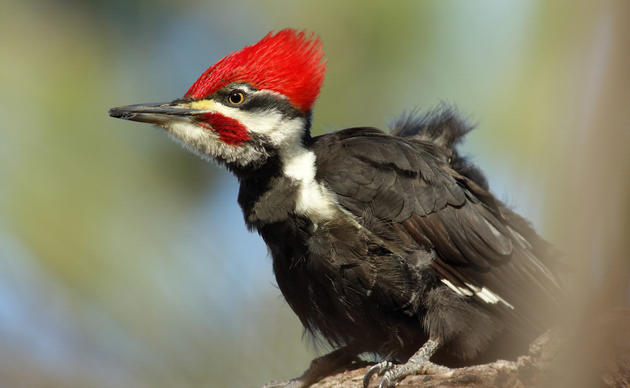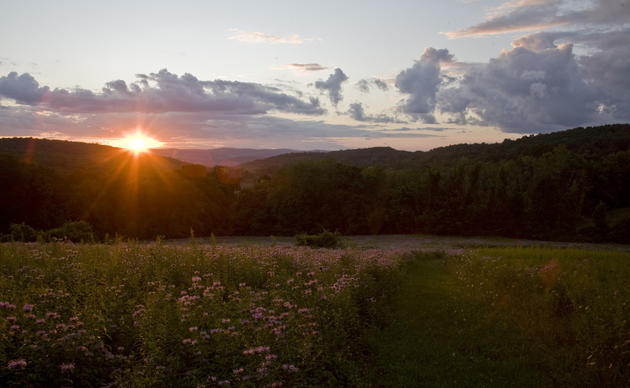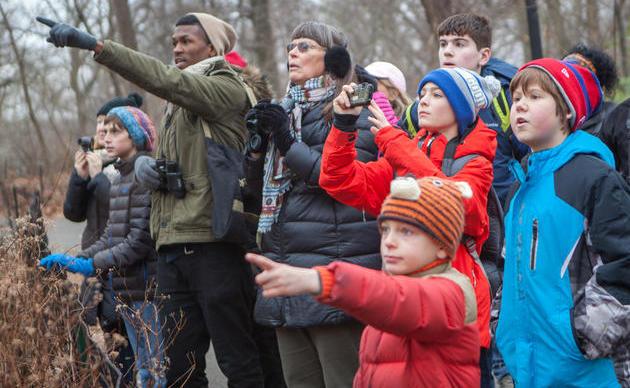American Kestrel Research
The American Kestrel Nest Box Program began with seven nest boxes at the Miles Wildlife Audubon Sanctuary in 1977. Every year since. adults and nestlings have been banded for population research purposes with the help of Art Gingert. Today, there are 86 nest boxes being monitored in this project in 26 towns throughout northwestern and north-central Connecticut.
At each nest box check, young chicks are briefly removed from the box, banded, aged, and sexed as well as given a quick evaluation for health issues, parasites, etc. Observations are made concerning territory size, natural cavity nests, clutch and brood sizes, prey items, interspecific competition for nest boxes, and dispersal of kestrel fledglings. Some eggs have been analyzed for pesticide residues and some experimental kestrel box designs have also been used over the years.
The American Kestrel Nest Box Program helps to monitor the populations of the American Kestrel, which is listed as a Species of Special Concern in the State of Connecticut. Since the project began, American Kestrel populations have increased, especially in the northwest corner of the state. Proper habitat and nesting areas are crucial for the survival of this small falcon.
American Kestrels are the smallest and most common falcon in the United States. They prefer open habitats such as farmlands, fields, and marshes.
How you can help, right now
Learn & Explore
Where birds thrive, people prosper. Help us transform local communities into places where birds flourish. Learn what you can do to nurture wildlife, nature, and conservation in Connecticut.
Support Our Work
Through land stewardship, science, education, and advocacy, we work to preserve habitat and protect bird species that are of state, national, and global concern. Your gift makes a difference.
Join Our Family
When you become a member of Sharon Audubon Center, you are protecting critical woodlands and a natural heritage for generations to come. Help us do great things.




